Spiš Castle
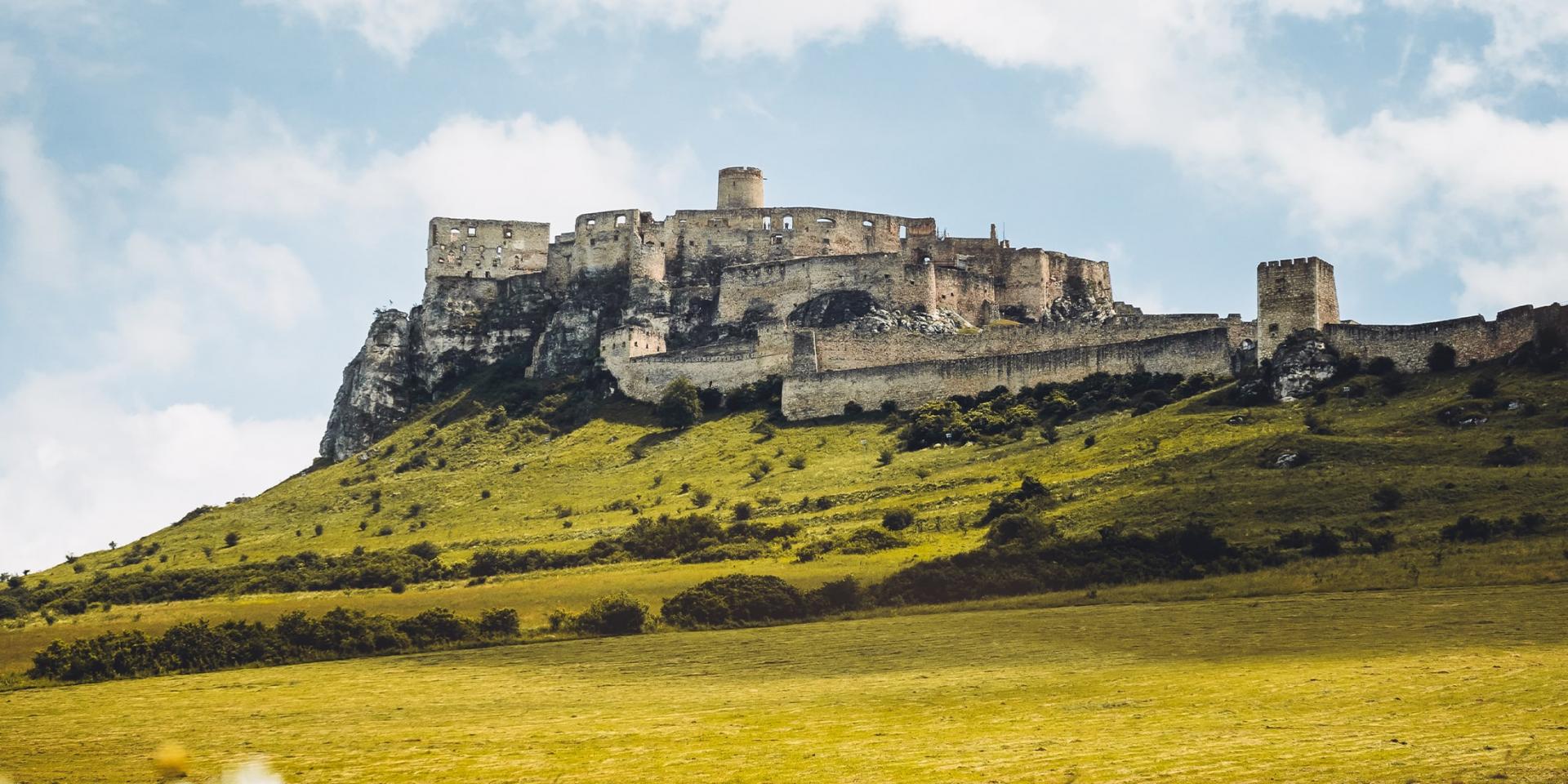
Spiš castle is one of the largest ruined castle complexes in Central Europe. In 1993, Spiš Castle and the cultural monuments of the surrounding area became members of the UNESCO World Heritage List.
The oldest written mention of the castle dates from 1120. From the beginning, it functioned as a border fortress on the northern border of the early faudal Hungarian state. Then, for several centuries, it became the seat of the county of Spiš, and thus the main center of secular power in Spiš.
In 1780, the castle complex was destroyed by fire and Spiš Castle gradually turned into a ruin. The complete launch of Spiš Castle was prevented only by monuments, who in 1970 began a technically demanding conservation of walls and palaces threatened by the instability of the bedrock.
The castle complex currently houses museum exhibits of the Spiš Museum on the history of the castle, medieval weapons and feudal justice.
A comfortable educational trail Sivá Brada - Dreveník leads through the landscape around Spiš Castle. Tourists can get acquainted with the history of the area as well as its natural attractions at eight stops.
Bojnice Castle
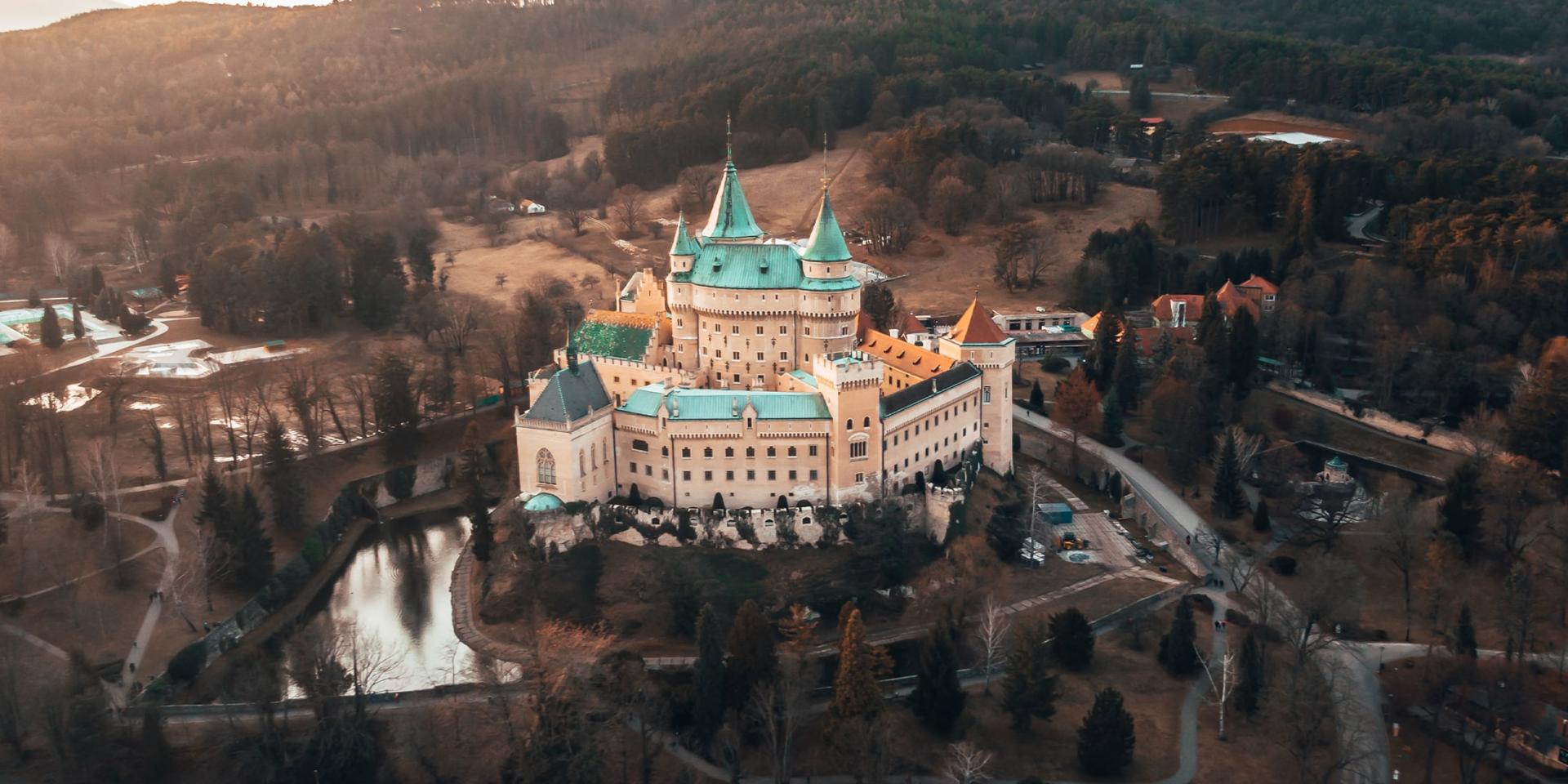
Bojnice Castle is a jewel of Bojnice, a town near Prievidza. The "fairytale" Bojnice Castle is one of the most visited and most beautiful castles not only in Slovakia but also in Central Europe.
On the place where the castle is standing was firstly in 1113 a castle made of wood lately of stone. The last owner of the Bojnice Castle was Ján František Pálfi de Erdőd. The castle belonged to Pálfi's family since 1643 and before it was owned by Matúš Čák Trenčiansky and Matej Korvín. In the years 1889 - 1910 Ján Pálfi gave his original baroque chateau rebuild to the Neo-Gothic style. However, Ján Pálfi did not see his new Castle because at the age of 78, two years before the end of this reconstruction, he died in Vienna. Because Palfi had no heirs, he left behind a testament with the desire to make the castle and all collections available to the public.
Of the many events organized in the castle, the most famous is the International Festival of Ghosts and Haunts, which is regularly organized in late April and early May. During this period, Bojnice Castle is the center of a meeting of ghosts, witches and vampires from all over the world.
An inseparable part of the castle grounds is the park and forest park, which completes its impressive backdrop. In front of the castle entrance stands the famous six-century-old Bojnice linden tree of King Matej with a circumference of about 12.5 m. The king himself liked to go to Bojnice and organized various banquets and meetings under the linden tree.
Stará Ľubovňa Castle & Open-air Museum
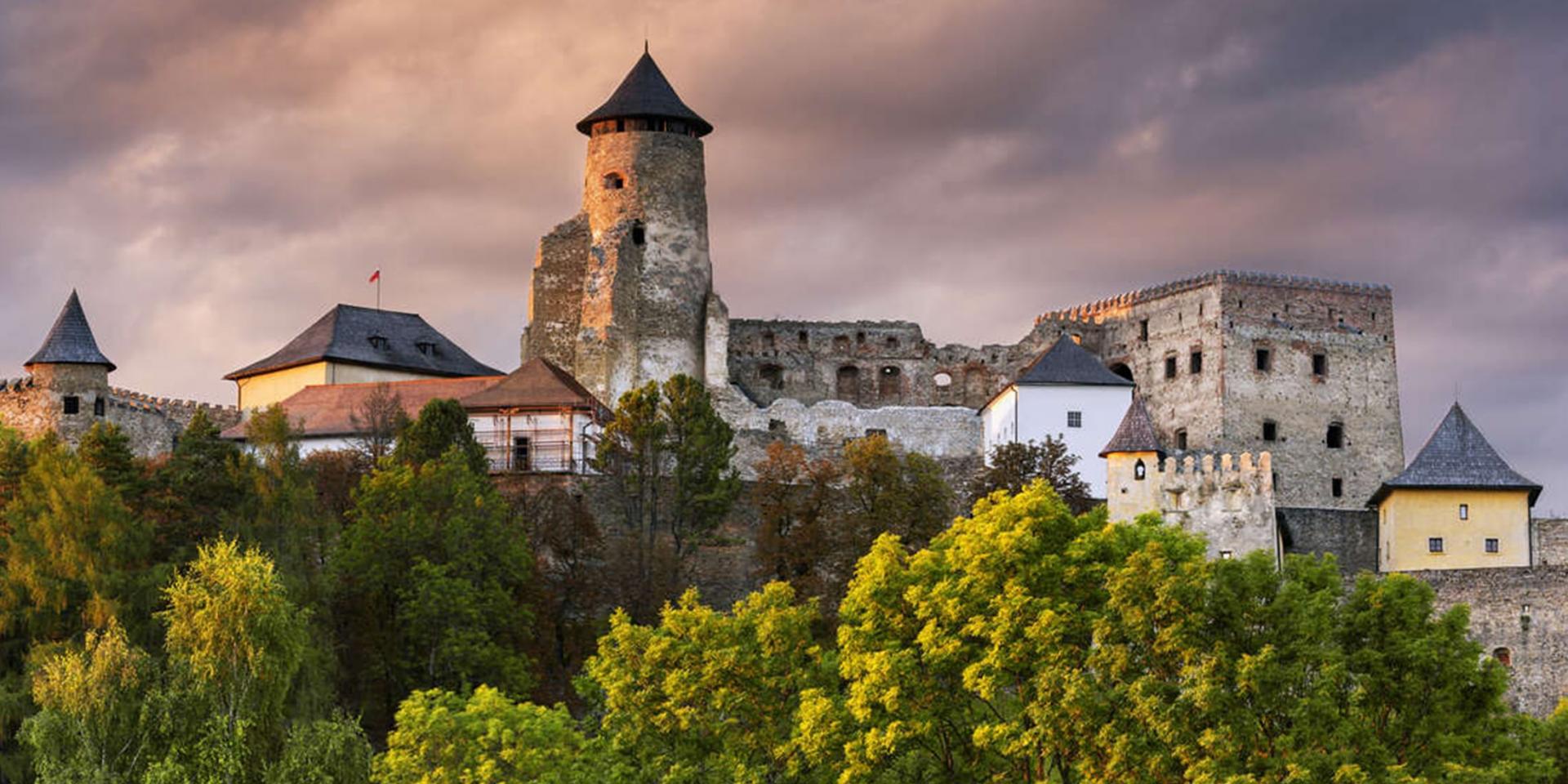
Above Stará Ľubovňa in the north-eastern part of Spiš, Ľubovňa Castle rises on a 711 m high limestone hill. In the past its popularity has reached by organising meetings of crowned heads, hiding Polish coronation jewels and the imprisonment of Móric Beňovský, a nobleman, traveler and king of Madagascar.
The castle was built at the turn of the 13th and 14th centuries. At the time of its establishment, Ľubovňa Castle was included in the system of border castles in the north of Austro-Hungarian Empire. In addition to protecting the Polish-Hungarian Empire border, it became the important trade route through the valley of the Poprad River to Poland.
In 1412, a historical meeting of the Austro-Hungarian King Žigmund of Luxembourg with the Polish ruler Vladislav II took place in the Ľubovňa Castle. The castle was placed in the reserve of the Polish kings and became the seat of the Polish mayors.
After a huge fire in 1553, Ľubovňa Castle acquired a more modern form of a Renaissance fortress through extensive reconstruction. In 1991, the castle chapel was restored and re-consecrated, where services are held.
The open-air museum in the castle grounds presents a separate museum exposition. It consists of a set of folk buildings, which resembles a picturesque settlement of Podhrad.
Devín Castle
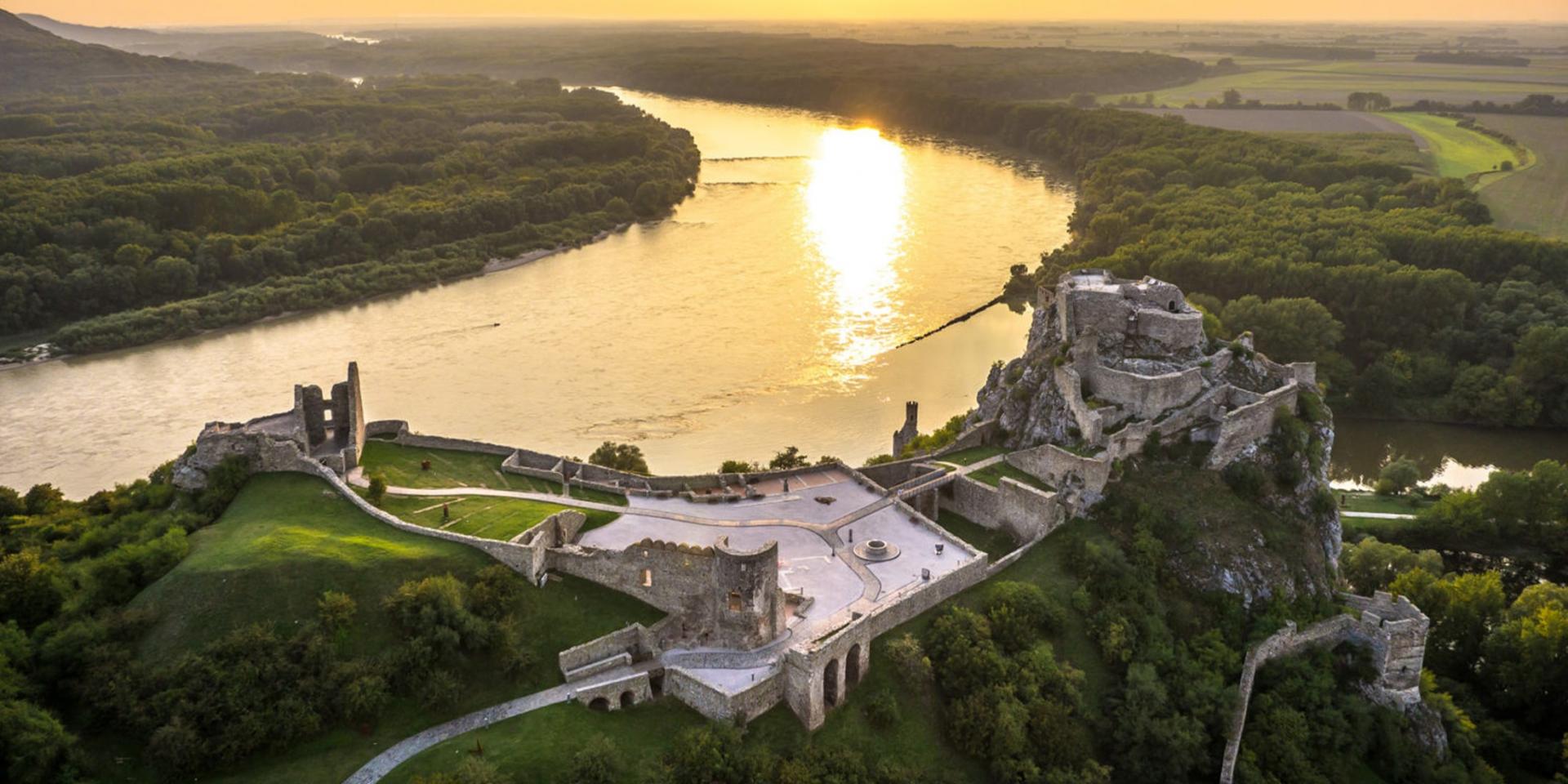
Devín Castle is one of the most important archeological sites in Central Europe. Thanks to its strategic location above the confluence of the Danube and Morava, it was inhabited almost continuously from the Stone Age to the Modern Age. Devín was connected with distant lands by trade routes - Jantárová and Podunajská, which crossed here.
The intertwining of various cultural influences has enabled the creation of an impressive place where unique archaeological finds are often located. In 1913, the first excavations were carried out at Devín Castle. Although they lasted only five days, they were the beginning of archeological research, which continues to this day by day.
Findings from research after 1965 can be found in the Museum of the City of Bratislava. In 1961, Devín Castle was declared a national cultural monument. Since 1965 this has also created the need for a monumental modification of the area, conditioned by the implementation of systematic archeological research . Once the Devin has been officially opened in 1985 to the public, its tourisms and visit rate has been increased by more than 2 million visitors from home and abroad.
Orava Castle
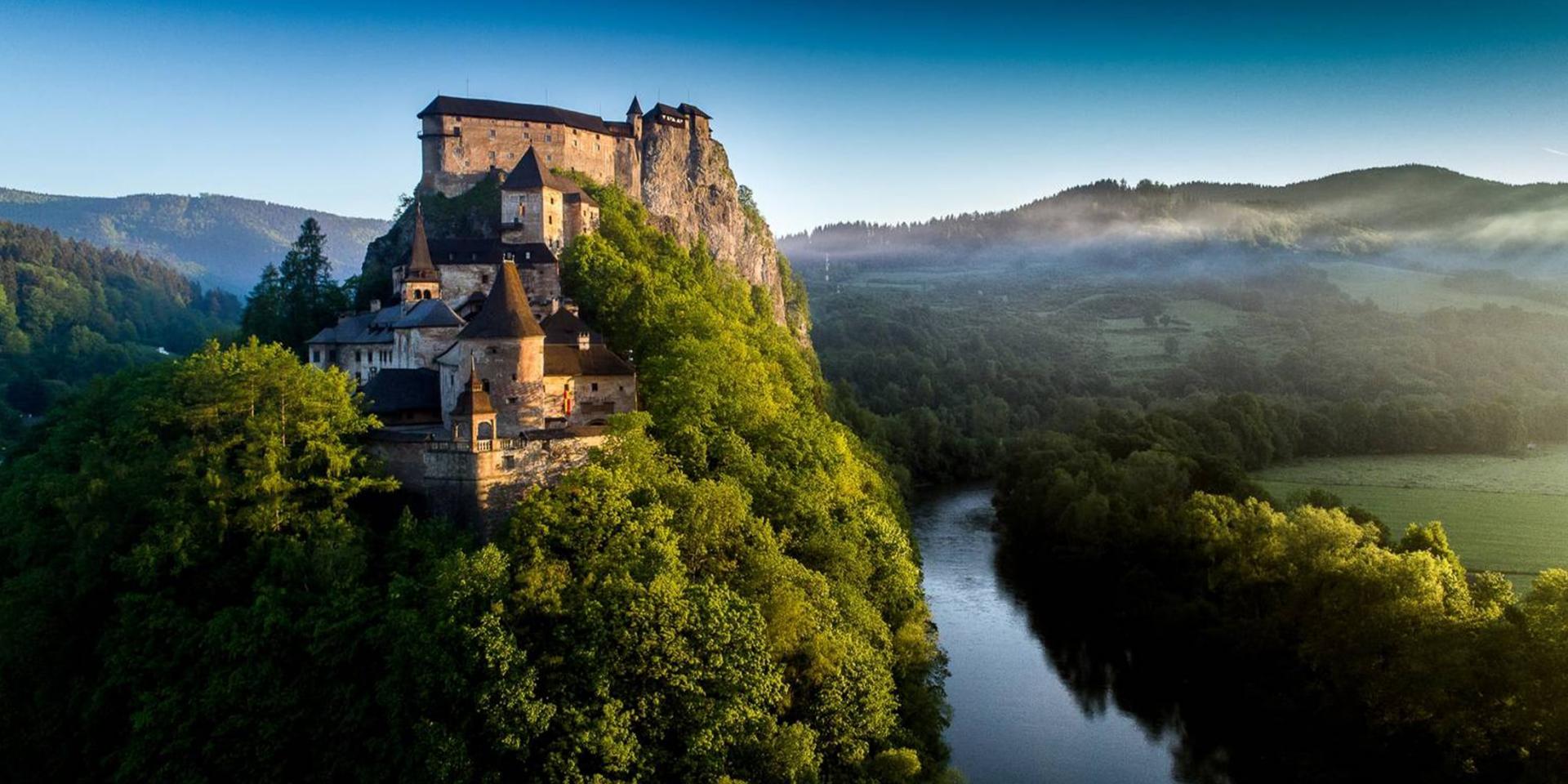
One of the biggest tourist attractions in northern Slovakia is the Orava Castle, built as an "eagle's nest" on a rock above the river Orava in Oravský Podzámok. It was a county castle and the seat of the Orava estate, to which almost the whole of Orava belonged.
The castle is a complex of buildings following the shape of the castle rock. In 1556, the castle fell into the hands of the Thurz family, who carried out its most extensive reconstruction. In 1611, the Orava Castle reached its view, known from current times.
After the extinction of the Thurz family, he had several owners. Castle became ruined and unsustainable due to no activity from people. It all became worst in 1800 v when the castle burned down and became unnecessary for its administrators. Extensive reconstruction work to save the castle has been started since the end of the Second World War.
The castle houses the Orava Museum with several exhibits. An archeological exposition is installed in the oldest areas of the upper castle. The natural science exposition is located on the lower floors in the middle castle and on the upper floor of the middle castle there is an ethnographic exposition. The historical exposition consists of a complex of medieval and renaissance castle buildings and their original equipment. Thanks to several short performances, the tours of the castle are among the liveliest in Slovakia.
Recently, the increasing popularity of night tours at the castle have been enriched by various theater performances and scary scenes during main tourist season.
Trenčín Castle
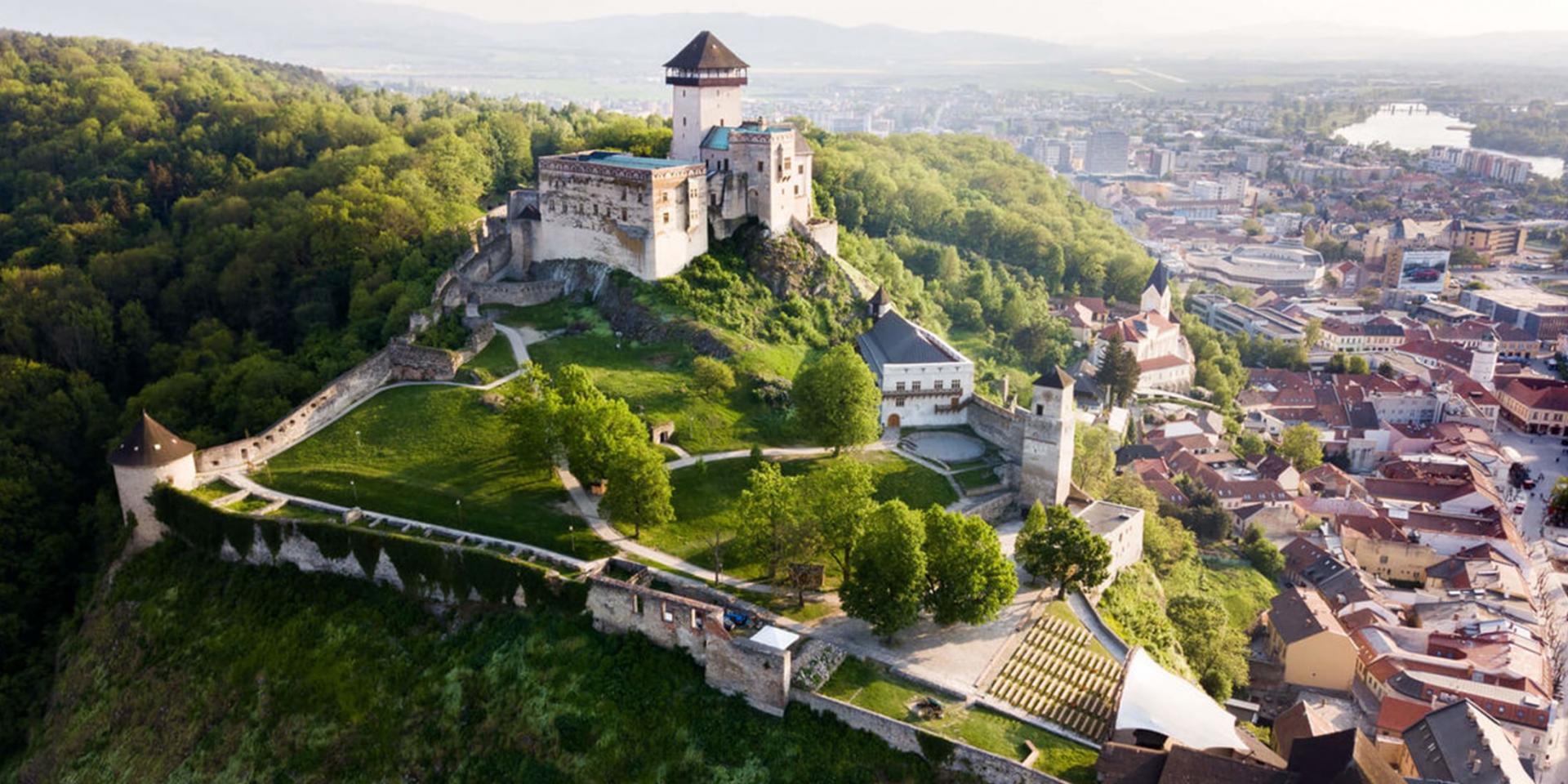
The dominant feature of the town of Trenčín and the whole Považie is undoubtedly the Trenčín Castle built on a steep cliff. Together with Spiš Castle and Devín Castle, it is one of the largest in Europe.
From the 11th century it was a royal castle, under which the city had begun to develop. The massive system of its fortifications is the result of the gradual improvement of an important border fortress and later of the county seat. Trenčín with the castle played an important role mainly during the Turkish invasions. In addition it became the property of several important aristocratic families.
The most famous owner was Matúš Čák Trenčiansky is owner of several Slovak castles and He considered to be called as "Lord of Váh and the Tatras" as well. Once the castle in 1790 was burnt, it has been deserted and dilapidated. People from Illeshazy family used to to live in a more comfortable manor house in Dubnica. Thanks to extensive reconstruction of Trenčín Castle,it gained the status of the most valuable buildings accessible.
Today's complex, which is part of the exposition of the Trenčín Museum, consists of a set of palaces and the distinctive Matúš Tower. The Cannon Bastion is must-see a landmark in this region. During the year, various exhibitions, concerts, medieval games and attractive night shows are organized in the castle grounds.
Last but not least the most famous attraction connected with this castle is 80 m deep Well of Love. This might associate the love story dedicated to Omar and Fatima. According to legend castle lord Stefan Zapolsky is considered to capture his love Fatima - Turkish princess. The legend also announced his effort of digging the rock for 4 years until bringing a water to the lord of the castle and later on gaining the freedom with Fatime together.
Čachtice Castle
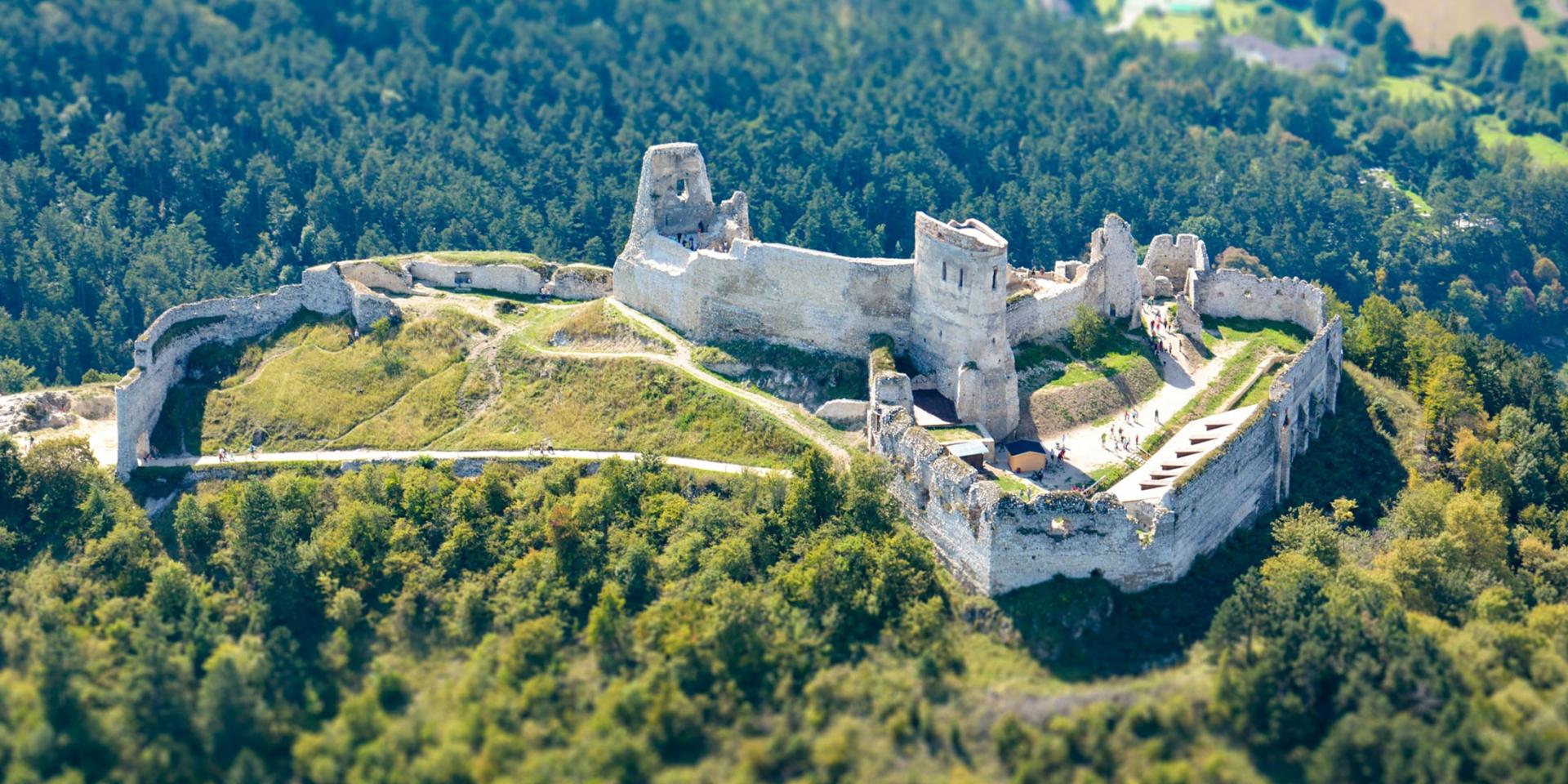
The village Cachtice keeps its attractiveness in Western Slovakia thanks to the mysterious castle in Carpathian region and the former seat of the bloody Countess Alzbeta Bathoryova.
The castle belonged to the system of border royal castles protecting the western borders of Hungary. It was founded in the first half of the 13th century and later on expanded from the 15th century.
The unpopular fame of the castle might be partially connected with Alžbeta Báthoryová, who lived here at the turn of the 16th and 17th centuries. She tends to be called as bloody contess due to her sadistic tendencies.
According to a legend, she considered to murder houndreds of young girls and use their blood for her bath. This might have been her great medikament for staying young and beautiful forever. She had used an iron maiden with long knives for capturing the blood. Once the girl came to her, the knives knocked out to her breast. Then blood could flow in the prepared bath.
In 1611 the countess Alzbeta Bathory was sentenced to life inprisonment. Three years later she died.
Since the castle had been burned by Frantisek Rakoczi and his army in 1708, it has been deserted.
Currently it provides a wonderful circular view for many tourists.
Nowadays all this story of the "bloody countess" might be adopted in books and theaters in various performances.

Follow us